If you aren’t already addicted to this delightful piece of television, here’s a quick introduction. DC Super Hero Girls is an animated action adventure series that follows the adventures of Supergirl, Batgirl, and their superhero friends as they traverse the incredibly dangerous world of high school and the awkwardness of growing up. It’s fun. It’s irreverent. It’s a great initiation for your kids into the wide world of comic book heroes.
We had the fantastic opportunity to speak with the showrunner of DC Super Hero Girls, Amanda Rynda, about what it’s like crafting such joyous, engaging television for children.
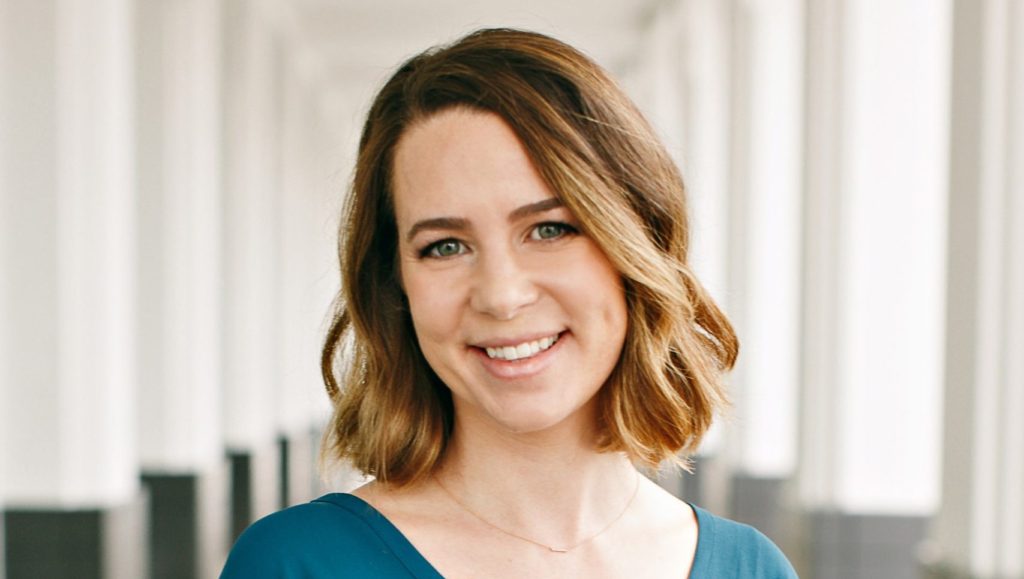
DC Super Hero Girls really is the perfect way to introduce these characters to a young audience. Both boys and girls. The writing is great, the storytelling is tight, but most of all, they are believable versions of what these characters would be like if they were in high school. How difficult has it been to convince people that this is a show for both boys and girls?
Amanda Rynda: I agree! The show is for both boys and girls and I don’t think that needs convincing – just viewing! I believe it’s important for audiences to see female leads without making assumptions that it’s only for girls. We try to showcase character over gender and I think that is what audiences respond to. I am the mother of two boys who love the show! Their favorite characters are our leads, not because of what their outsides look like, but because they’re adventurous. relatable, and so fun to watch!
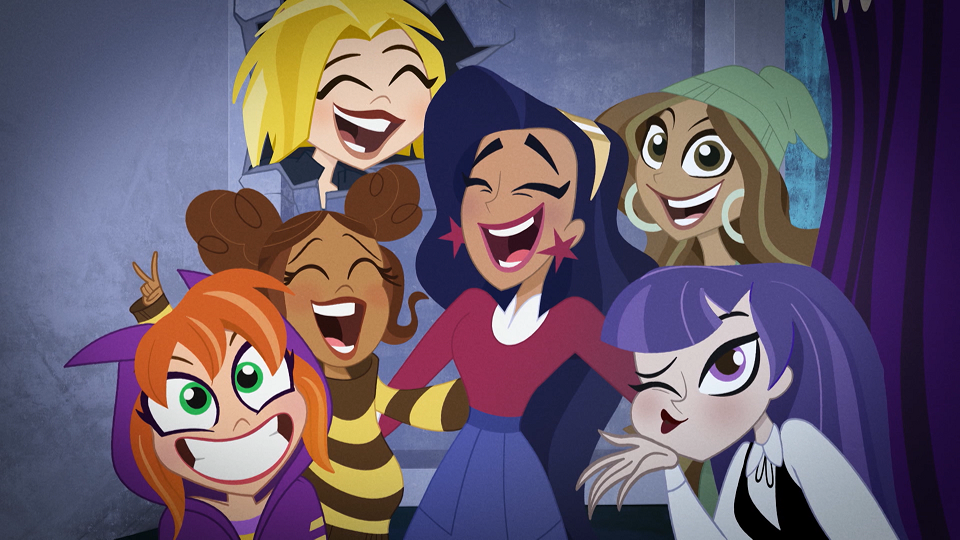
It is refreshing that there is absolutely no tokenism in this series. I guess it means that a single female character doesn’t have to stand in/speak for all women. What has this meant for the writing process? What has this meant for the kinds of stories you can tell?
AR: I’m a big believer in character likability, whether you love them or love to hate them. It’s how those characters individually operate in any given scenario that makes developing the stories so much fun. If the core of the character is well defined, it doesn’t matter if they’re outwardly male or female.
Talk to me about crafting such distinctive personalities for each one of our heroes. How have little girls and boys responded to both the diversity of character and temperament?
AR: I believe it’s so important for all children to see themselves in some way or another on the screen, whether it’s through temperament, shape, race, or even the thought that they could be the best of friends if they ever had the chance to meet.
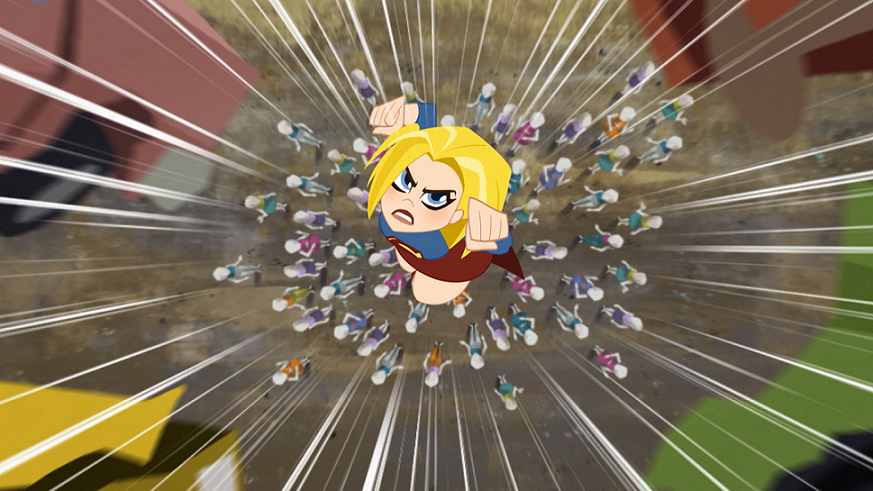
More and more cartoons are doing the 11-minute runtime – as opposed to the 22-minute shows I/we used to watch growing up. Do kids these days just not have the attention span for those extra 11-minutes? Or was it purely a creative decision?
AR: I can’t speak to kids’ attention span, but I suspect that as our technology evolves, it engages us more. I think 11-minute cartoons are popular right now because we can create them faster. The more we have, the more opportunity it gives the viewer to engage in the choices of what to watch. I think it’s largely about viewer control. For me personally, I’d be willing to binge watch a lot of shorter cartoons, but probably only invest in one longer format story in one sitting.

Toxic fandom seems inescapable these days. But there is a real delight to every one of these stories. Watching them, I can’t help but feel that it would inspire the right kind of fandom. One that’s rooted in the joy that these characters bring. What role does a show like this play in reconfiguring the idea of fandom for the next generation?
AR: Oh wow! This is a heavy question! The DC Super Hero Girls are really important characters in the DC family. I think no matter the iteration, if it engages a viewer, it can unlock an investment in that character taking that fan down a rabbit hole of enjoyment and nerdiness in the best possible way! Isn’t it the best feeling to be SO into something that you just need to know about it upside down and inside out? I hope that’s what our characters can do for someone out there.
What are some of the things you hope young boys and girls take away from watching DC Super Hero Girls?
AR: I would love for both girls and boys to see that a character can have flaws, showcase differences and still come together despite those differences, show empathy, and accomplish something super!

Which superhero are you? What’s your secret identity?
AR: I’m juggling an abundance of life right now with a robust career, practicing my hobbies in photography and music, a home full of love with my husband, and never-ending excitement mothering my 7-year-old twin boys. So it’s no secret that I’m a Wonder Woman!



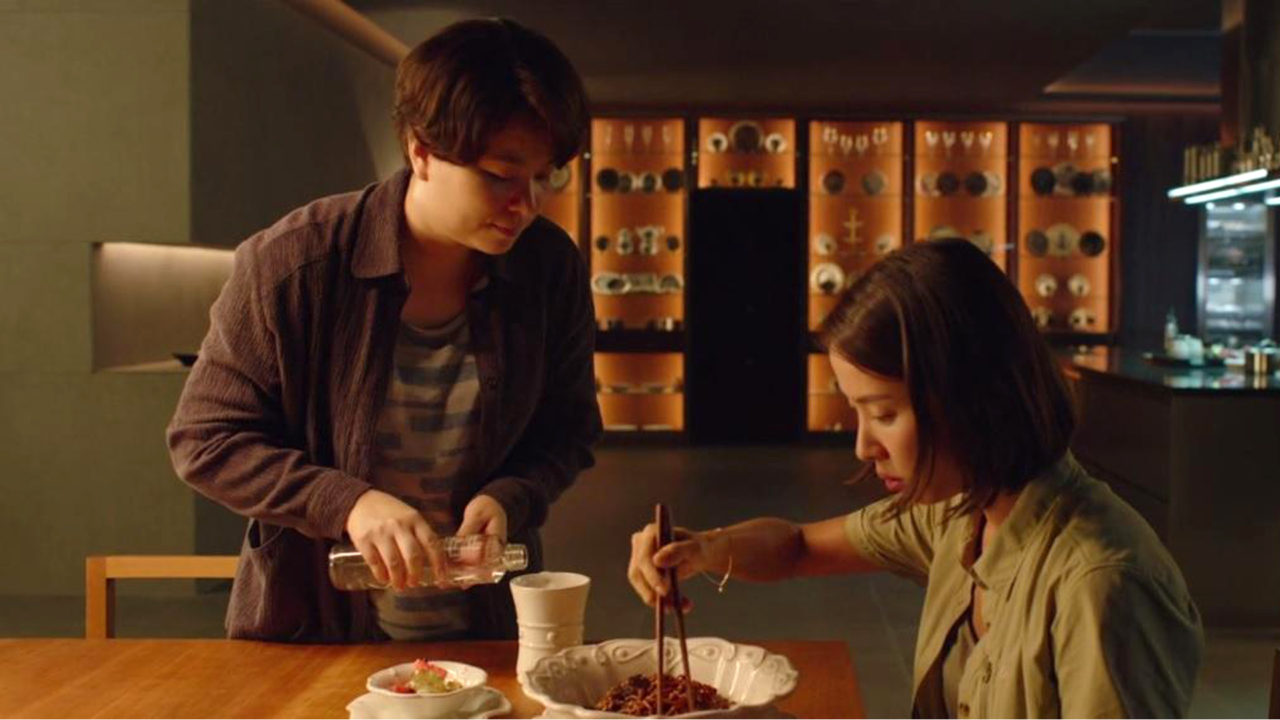
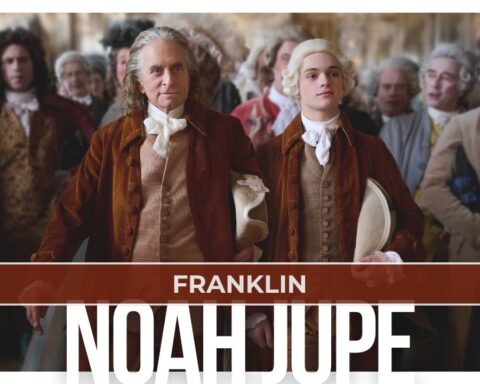
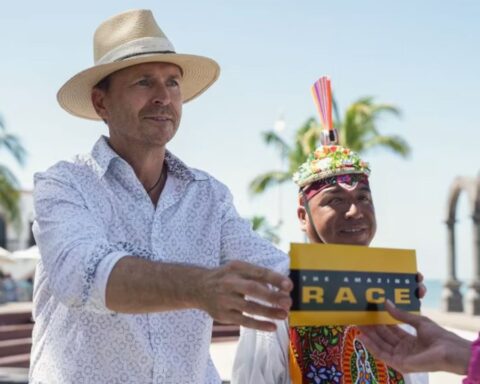

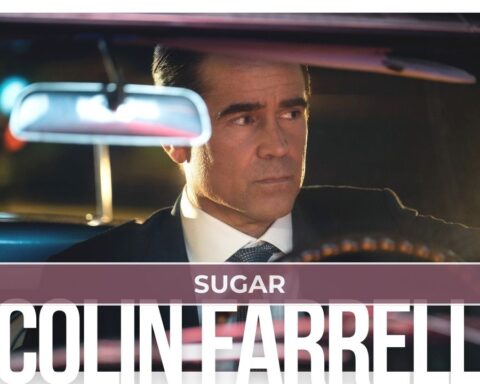
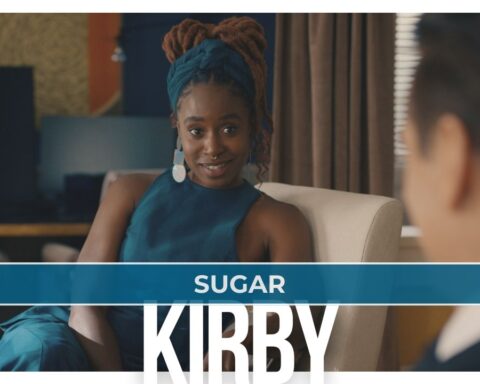
Follow Us